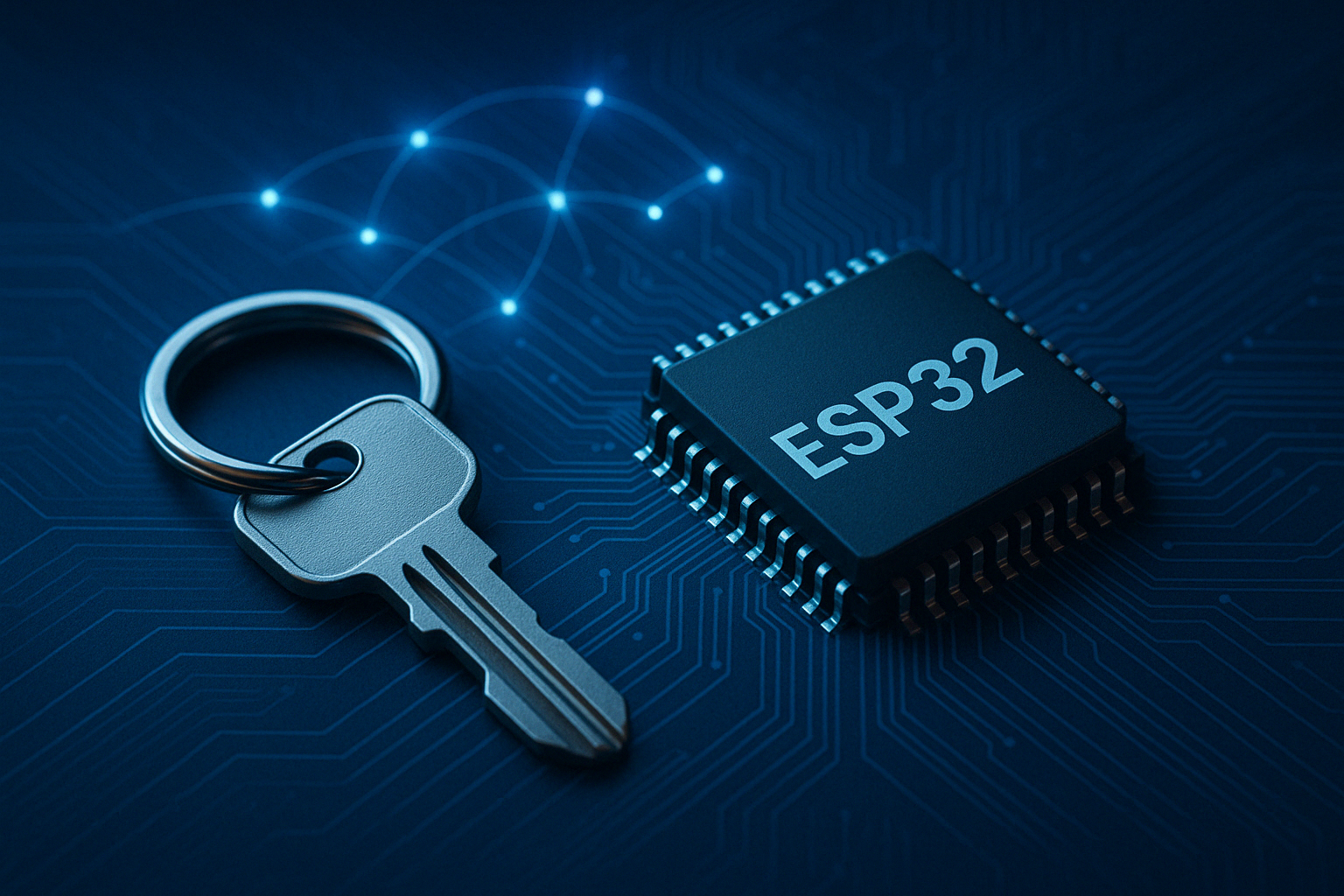The Flaw at a Glance
Researchers have flagged CVE‑2025‑27840, a critical bug in the low‑cost Chinese‑made ESP32 microcontroller. Found in billions of IoT gadgets—and several big‑name hardware wallets—the weakness lets attackers forge signatures and siphon private keys without setting off alarms.
Why Wallet Makers Chose ESP32
The ESP32’s allure is simple: it’s cheap, energy‑efficient, and bundles Wi‑Fi + Bluetooth radios. But Crypto Deep Tech has shown that its pseudo‑random‑number generator is weak and the firmware fails to reject invalid (≤ 0) private keys. Together, these flaws make on‑device key creation dangerously predictable—and manipulable.
Lab Demo: 10 BTC Gone in a Flash
In tests, researchers extracted the private key from a wallet holding 10 BTC—over $800 K—without the owner noticing. They also demonstrated wireless attacks: spoofed MAC addresses, rogue‑code injection, and over‑the‑air data exfiltration. Devices like Blockstream Jade top the high‑risk list, but any wallet delegating key management to an ESP32 is vulnerable.
Extra Risk for Electrum‑Based Wallets
Because the ESP32 lets messages be prefixed before the double‑SHA256 hash, attackers can craft non‑standard payloads that still verify under ECDSA. That puts many Electrum‑derived wallets in an even tighter spot.
The Danger Spreads Past Bitcoin
ESP32 chips run smart bulbs, routers, factory sensors, and home‑automation hubs. Analysts warn that nation‑state actors could exploit the same lapse to pivot across networks or poison supply chains. “This isn’t just about BTC—it’s the wider internet at stake,” the report notes.
Hardware Woes Keep Mounting
Earlier audits showed Trezor Safe 3/5 still vulnerable to supply‑chain tampering. Add Apple’s “unpatchable” M‑series side‑channel bug and the Phantom wallet’s plaintext‑key scandal, and a clear theme emerges: hardware is the soft underbelly of crypto security.
How to Protect Yourself
- Check the bill of materials—if ESP32 is inside, look for vendor‑issued patches.
- Prefer wallets with true secure elements (EAL6+).
- Validate supply chains—buy direct, verify seals, flash clean firmware.
- Stay current on advisories—many vendors now publish detection scripts.
Bottom Line
ESP32’s bargain price hides a steep security cost. Until manufacturers switch chips or harden firmware, users must weigh convenience against the silent risk of key theft—a reminder that every cryptosystem is only as secure as its weakest silicon link.



